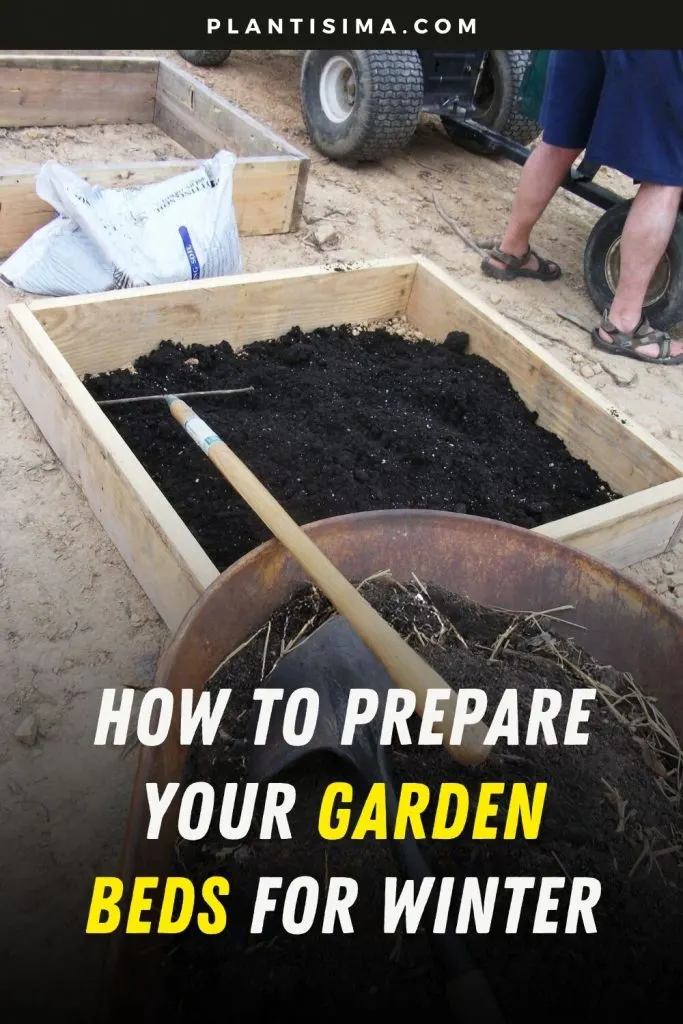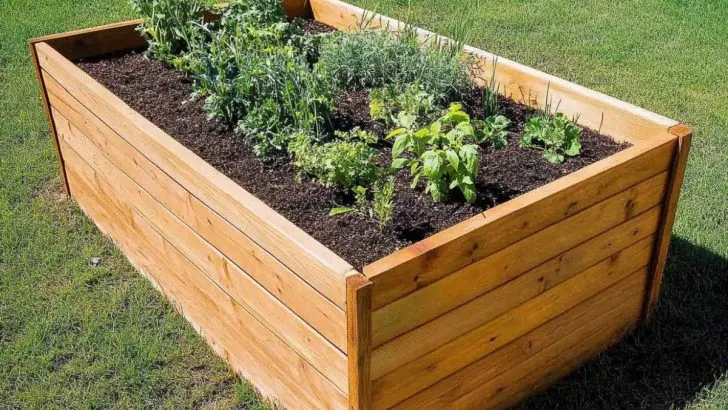As the crisp autumn air signals the approach of colder months, gardeners begin to think about how to prepare their garden beds for winter. Usually, this involves a lot of work—removing old plants, digging up the soil, and protecting it with compost or mulch to shield it from frost.
But what if I told you there’s a much simpler method that requires minimal effort and keeps your soil in perfect condition for spring planting?
My sister introduced me to this method, and it’s incredibly effective. Here’s how it works.
Simplify Winter Bed Preparation: Lasagna Gardening
The technique my sister shared with me is called Lasagna Gardening. Despite its name, it has nothing to do with pasta! Instead, it refers to layering.
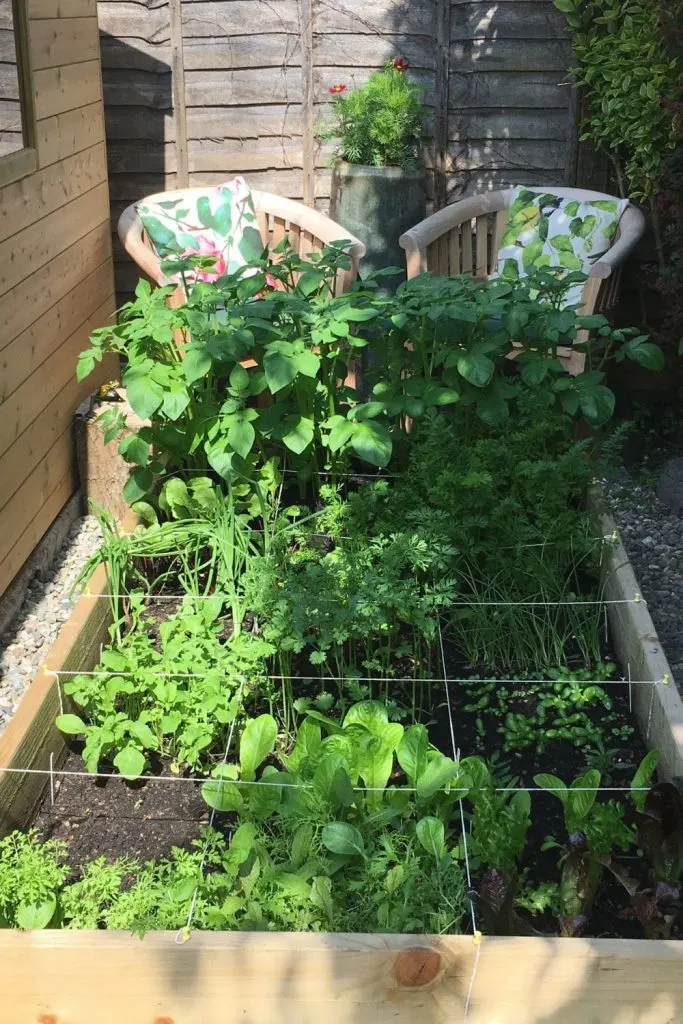
Lasagna Gardening, also known as sheet composting, is a no-dig, organic method that enriches the soil and suppresses weeds throughout the winter months. It mimics the natural decomposition process of organic materials to create fertile soil, and the best part? It requires almost no effort!
Step-by-Step Guide to Lasagna Gardening
Here’s a simple guide to preparing your garden beds for winter using the lasagna method:
1. Clear Large Debris
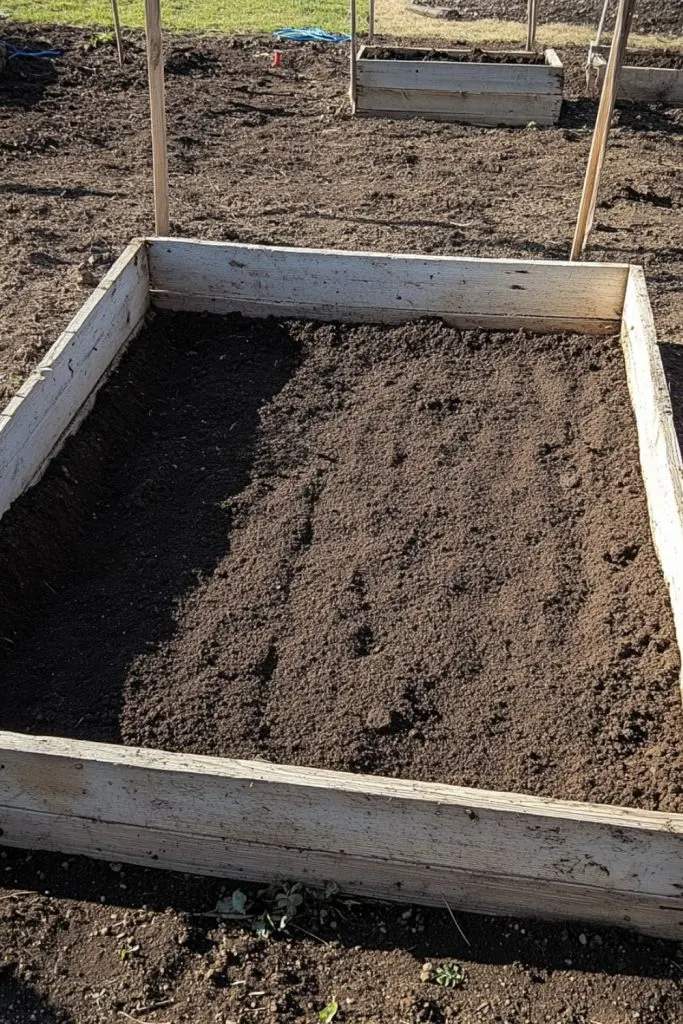
Start by removing any large debris, such as fallen branches or persistent weeds. If there are still plant remains or dead plants in the bed, cut them at the base and leave the roots in the soil to naturally decompose. This helps preserve the soil structure while adding organic matter as the roots break down.
2. Lay Down Cardboard or Newspaper
Once the bed is free of debris, lay down a layer of cardboard or several sheets of newspaper. This layer acts as a weed barrier and prevents stubborn weeds from breaking through during winter.
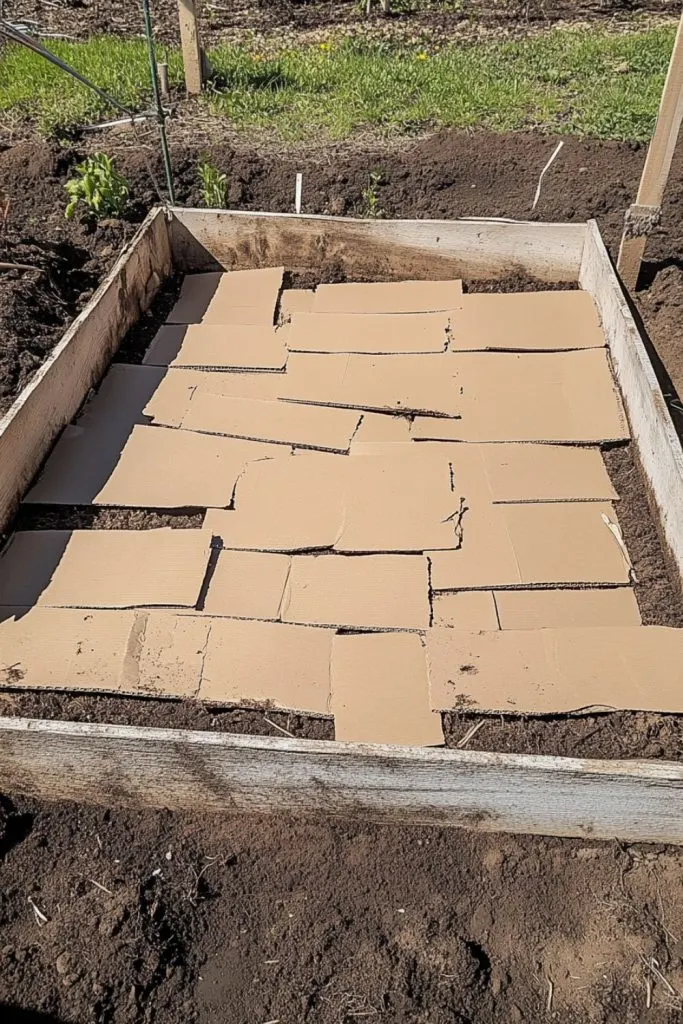
Make sure to remove any tape or staples from the cardboard, and overlap the edges to ensure no gaps are left for weeds to sneak through. Soak this layer thoroughly with water to start the decomposition process and keep it in place.
3. Layer Organic Materials: The ‘Lasagna’ Part
Now for the fun part—layering organic materials. Alternate between “brown” and “green” materials to create a nutrient-rich environment for microorganisms. Here’s what you can use:
• Brown materials: Carbon-rich materials like dried leaves, straw, shredded paper, and sawdust.
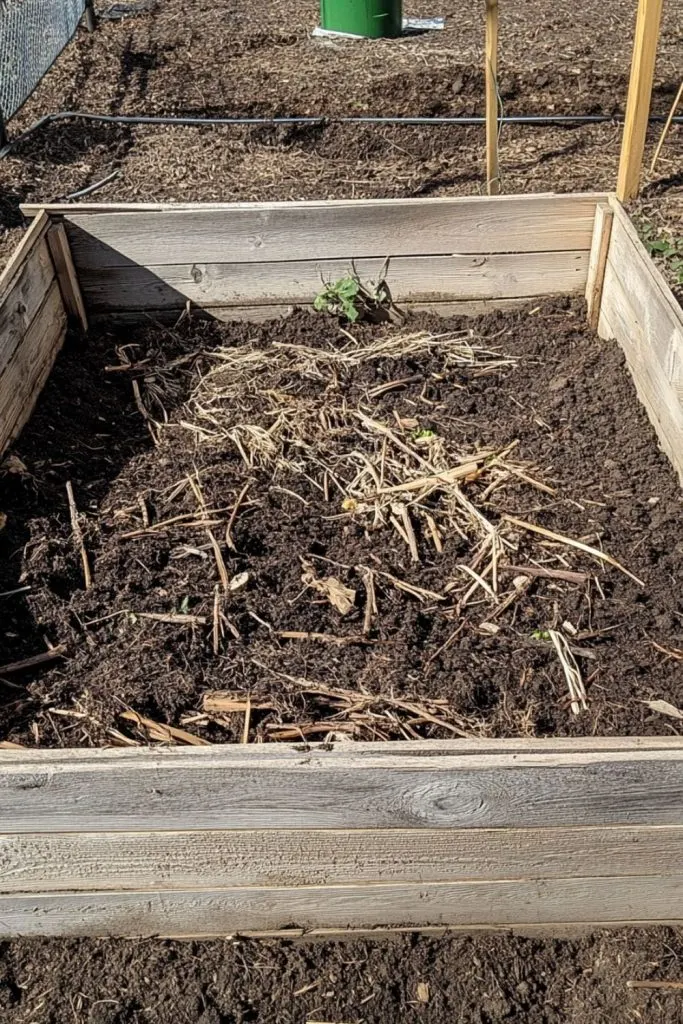
• Green materials: Nitrogen-rich materials like fresh grass clippings, kitchen scraps (vegetable peels, coffee grounds), and green garden waste.
Start with a 2-3 inch layer of brown material, then add a 1-2 inch layer of green material. Continue alternating layers until your pile is about 12-18 inches high. The exact thickness doesn’t have to be perfect, but a balanced ratio of brown to green materials will encourage decomposition.
4. Top it Off with Compost or Aged Manure
Finish your lasagna bed with a layer of finished compost or aged manure. This kickstarts the decomposition process and gives the bed a final boost of nutrients.
If you don’t have compost or manure, you can use a layer of garden soil instead.
5. Cover the Bed
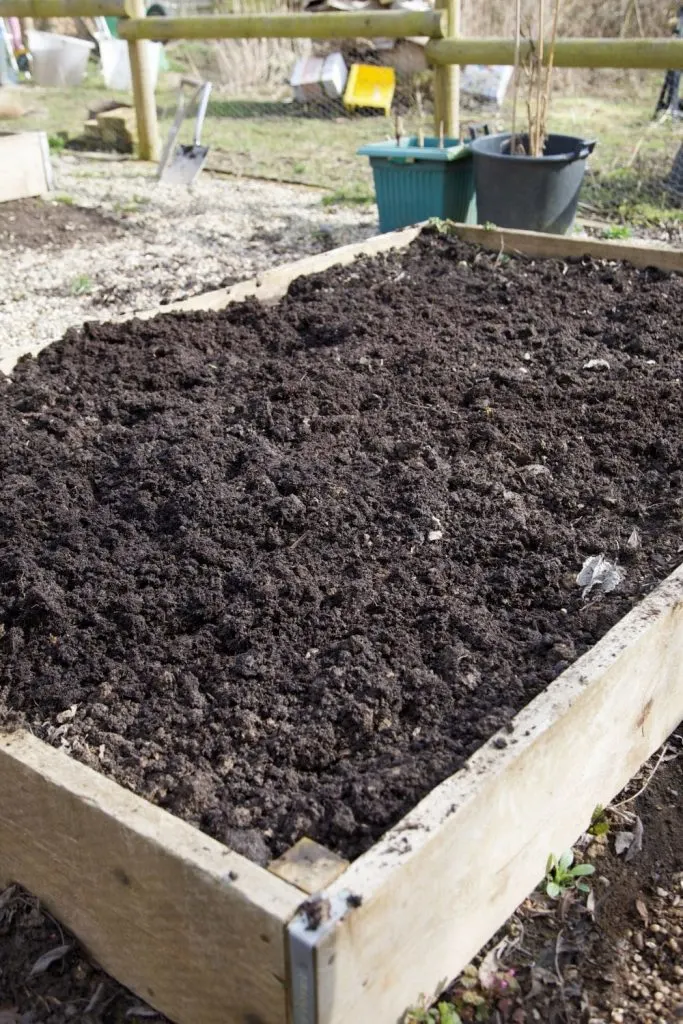
To protect your lasagna layers from wind or animals, cover the bed with a breathable material like burlap, an old bedsheet, or a layer of straw. This will help insulate the layers and promote the breakdown process as the weather cools.
6. Let Nature Do the Work
That’s it—you’re done! The beauty of this method is that you don’t have to do anything else. Over the winter months, the layers of organic material will break down, thanks to the work of worms, microbes, and other beneficial organisms. Come spring, you’ll have a bed full of rich, crumbly soil ready for planting.
Why Lasagna Gardening Works
Lasagna gardening is effective because it harnesses natural processes to improve soil health. Here’s why it works so well:
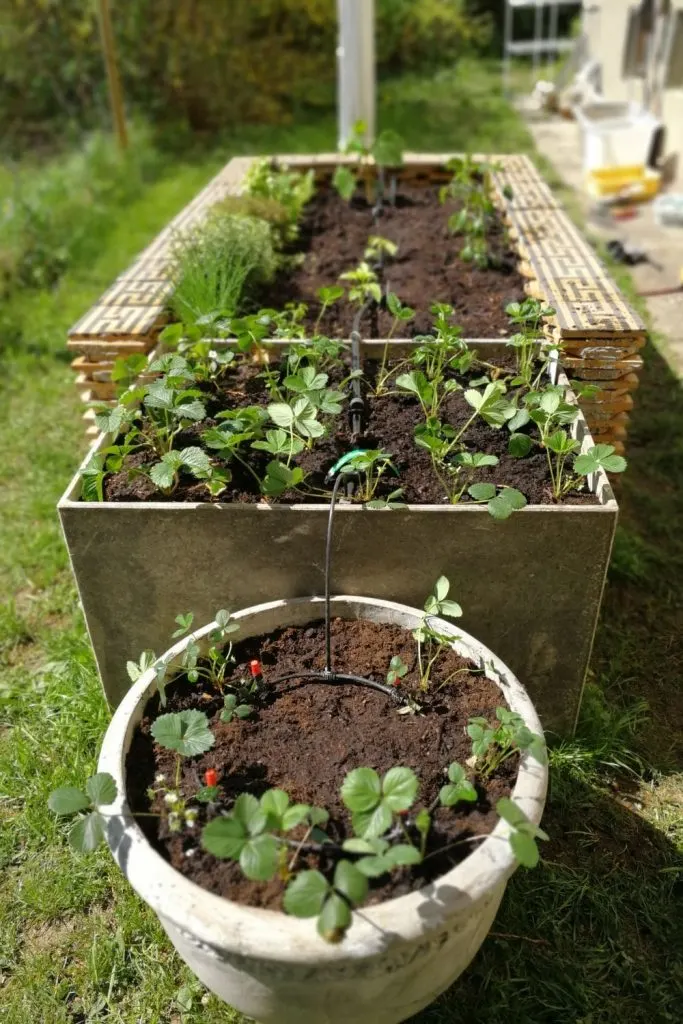
• Soil Improvement: As the layers decompose, they add organic matter to the soil, improving its structure and nutrient content. This creates a fertile environment for your spring crops.
• Weed Suppression: The cardboard or newspaper layer blocks sunlight, helping to suppress weeds. The thick layers of organic material also make it harder for weeds to take root.
• Moisture Retention: The layers of organic material act like a sponge, helping to retain moisture in the soil. This can reduce the need for watering once you start planting.
• Low Effort: Unlike traditional methods that require heavy digging and tilling, lasagna gardening is practically effortless. Once you’ve layered the materials, you don’t need to turn the soil or add additional amendments.
Extra Tips for Success
While lasagna gardening is a simple and effective method, here are a few extra tips to ensure success:
• Choose the Right Spot: Make sure your garden bed gets enough sunlight, even during the winter months, to encourage decomposition.
• Avoid Weed Seeds: When adding green material, be careful not to include weeds that have gone to seed, as they could sprout in the spring.
• Monitor Moisture Levels: You won’t need to water your lasagna bed often, but make sure it doesn’t dry out completely. A little moisture helps the decomposition process.
A Stress-Free Winter Gardening Solution
Preparing your garden beds for winter doesn’t have to be back-breaking work. Thanks to my sister’s clever tip, I’ve discovered that lasagna gardening is an easy, effective, and nearly effortless way to ensure a healthy, fertile garden bed come spring.
By layering organic materials in the fall, you can let nature handle the hard work while you enjoy more time cozying up during the winter months—and dreaming about all the wonderful things you’ll plant when the soil thaws.
Give this method a try this year, and see for yourself just how simple winter garden preparation can be. Happy gardening!
